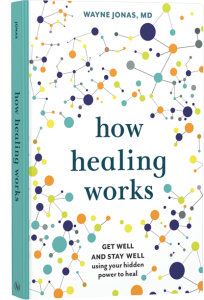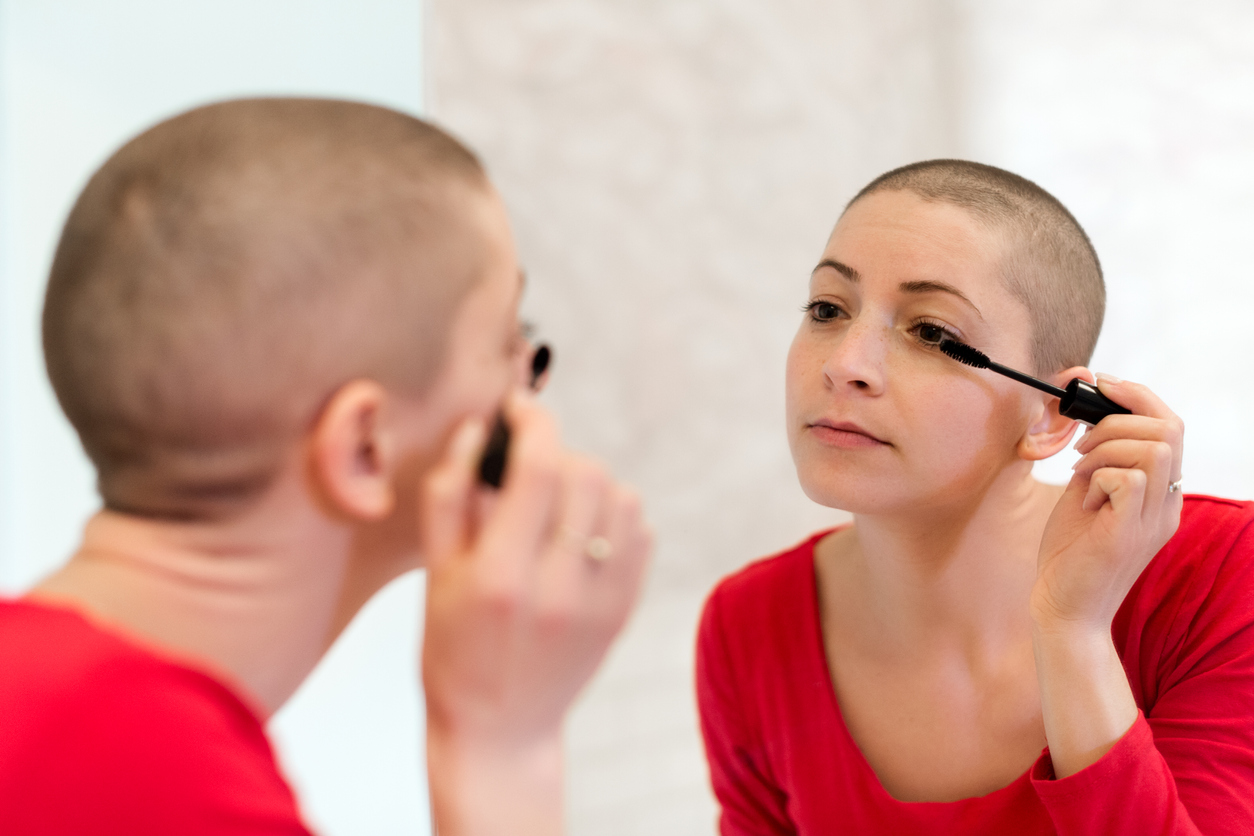If you ever got separated from your parents in the store, you remember how it feels. Suddenly, everything around you is no longer familiar but strange and threatening.
You look down one aisle, then another, searching for a face you recognize. The aisles have become an alien world. Instead of searching for your favorite toy or cereal, you’re on the verge of panic. Then you spot the person you came with. Just knowing you aren’t alone floods you with relief.
The world of cancer and treatment can look this way to young people with cancer. Known in health-care circles as adolescents and young adults, or AYAs, this group is diverse. It includes:
- Hannah, age 30 – A married mother of three with stage II breast cancer. Biggest worry: childcare during chemo.
- Marcus, age 15 – A high school student with leukemia. Biggest worries: Missing school, never having a girlfriend or getting a car.
- Lucinda, age 21 – Single grocery store cashier who had a brain tumor removed. Biggest worry: Dating again after surgery.
The youngest person in the waiting room
Cancer is most common among middle-aged and older adults. If your age is between 15 and 39, you fall into the adolescent and young adult age group. But as the examples show, experiences for people in this category can be very different. In addition to standing out in the oncologist’s waiting room, you may have little in common with others the health-care universe considers your AYA peers.
If you’re a teen (15 to 18)
Your concerns might include school, work, your parents or siblings, friends, dating, driving, finding your identity as you emerge from childhood and the middle school years, and increasing your freedom as you break free from parental control in the natural process of growing up. The book and movie The Fault in Our Stars by John Green may portray some of your experiences, or they may not. The awkwardness of a support group for teens may ring true, or you may find real help at a site like Stupid Cancer.
If you’re an older teen or “new adult”
Age 19 through your early twenties may bring a new set of concerns: moving out from the family home, living on your own or with peers, getting around on your own, setting your own schedule … which suddenly includes cancer.
People in this age group are incredibly diverse. You may be working, have young children, attend school, or still live with your parents. You might be at a college far from home, a community college nearby, or married. Or you might have just entered the process of expressing your personal and sexual identity or finding a partner. This is a major time of transition for many people. Cancer can push you off the rails onto a whole new set of tracks, at least for a while.
If you’re a 20s or 30s adult
You may be somewhat established. You might have a job, spouse, and kids when you hear the words, “You have cancer.” You might be pregnant, dating, single, living with family, or miles from anyone you know well enough to ask for a ride to your biopsy or treatments. If you have a type of cancer that is more common in children, you might find yourself around a lot of children and even mistaken for the parent of the person getting treatment. You might get an Avengers bandage when the technician draws your blood.
Your guide through AYA cancer and treatment
Cancer at any age is dizzying, disorienting, and frightening. In these age groups, you can feel even more out of place. That’s why we created the free Young Adult and Teen Cancer Pocket Guide. The free, downloadable guide can help you start conversations with your health-care team and make both of you feel less awkward. It can also help you resolve critical issues such as your options for having children in the future, if you want.
What to consider when you can’t think
Health insurance. Fertility. Sexuality. Work. Medical leave. Our free, downloadable pocket guide to Young Adult and Teen Cancer helps you pinpoint the areas where you may need help navigating cancer care.
We also offer free tools to help you decide what’s most important. The My Treatment, My Life tool comes in two versions: one for people aged 15–22 and one for people 23–39 who are dealing with cancer. Money, employment, children, family responsibilities, and what’s most important to you are included with tips for figuring out what you need and want.
Finding common ground with others
Finally, the Young Adult and Teen Cancer Pocket Guide has links to many resources for connecting with people your age who face similar concerns. Just like when you were in the store as a kid, knowing you’re not alone turns an unfamiliar and frightening environment into someplace you can navigate.
You may also want to check out some of our other Pocket Guides and information.
- Your Healing Journey: A Patient’s Guide to Integrative Breast Cancer Care
- Movement and Cancer Pocket Guide
- Creating Positive Change tool
- How to Heal After the Physical and Emotional Trauma of a Cancer Diagnosis

Take Your Health Into Your Own Hands
Drawing on 40 years of research and patient care, Dr. Wayne Jonas explains how 80 percent of healing occurs organically and how to activate the healing process. Learn More

